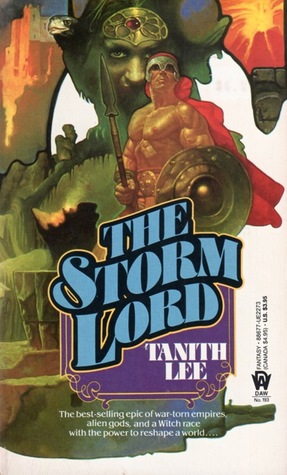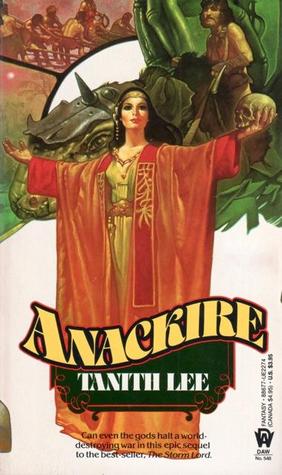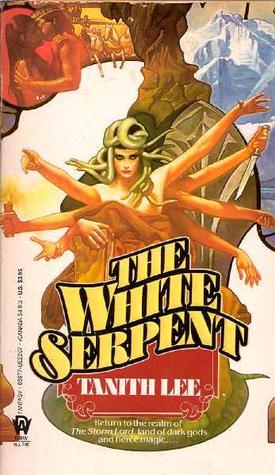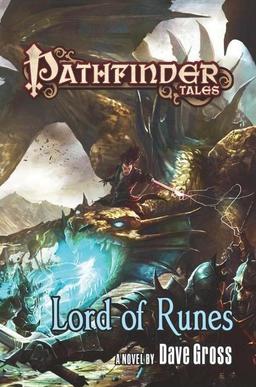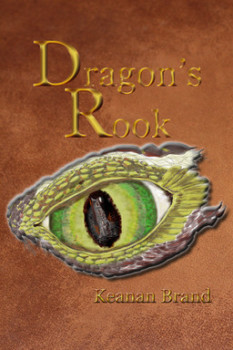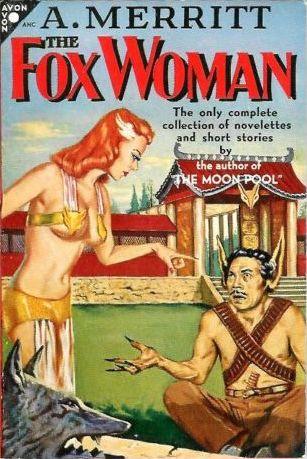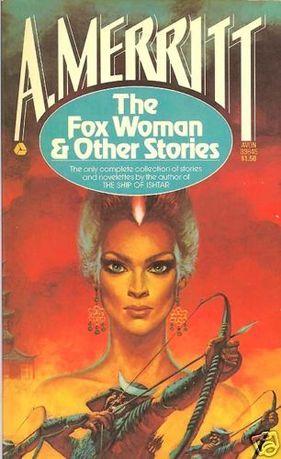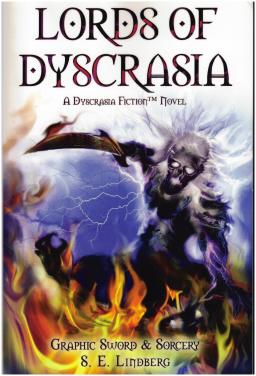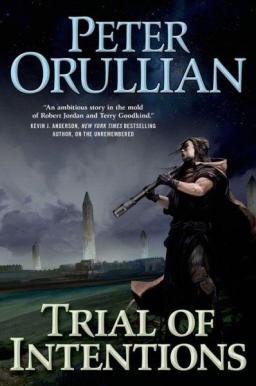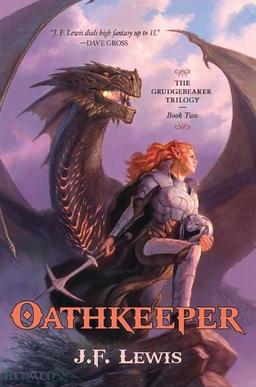If You Think Kidney Stones are Painful, Try Passing a Blarney Stone: The Crock of Gold
 Have you ever owned a book for many years, a book that you have always intended to read when just the right moment came around, a book that you looked forward to, anticipating the great pleasure that you would experience once the time finally came to dig into it? Yes? Then you know how dangerous such prolonged anticipation can be.
Have you ever owned a book for many years, a book that you have always intended to read when just the right moment came around, a book that you looked forward to, anticipating the great pleasure that you would experience once the time finally came to dig into it? Yes? Then you know how dangerous such prolonged anticipation can be.
I bought my oversized Collier paperback of James Stephens’ 1912 fantasy The Crock of Gold sometime in the mid-seventies (probably at the wonderful Change of Hobbit bookstore in Los Angeles) and it has been resting quietly on my shelf for most of my life, now and then whispering to me as I passed by, busy on long-forgotten errands, but I always put it off, promising that I would return when I was thoroughly ready to bestow my full attention on “a wise and beautiful fairy tale for grownups.” (Ah, the arcane art of blurb writing! Hmmm… sounds like a good Black Gate article. Let me finish this one first…)
Last week, I took the book down, flipped through it, looked at the striking woodcut illustrations by Thomas Mackenzie, and decided that the long-deferred day had at last arrived… alas.
James Stephens, who was born in 1880 and died in 1950 was, according to the back cover of my paperback, “one of the best-loved of modern Irish writers.” I don’t know about that, but James Joyce had a high enough regard for Stephens’ talents as a poet and novelist to ask for his assistance in finishing Finnegan’s Wake, a scheme that never came to anything, probably to the relief of both men.
